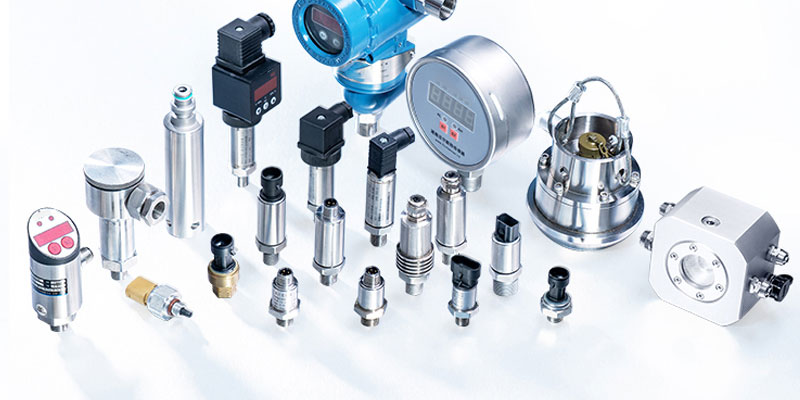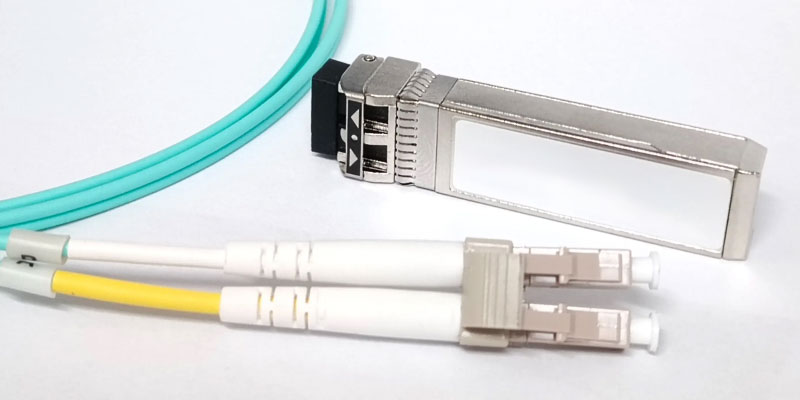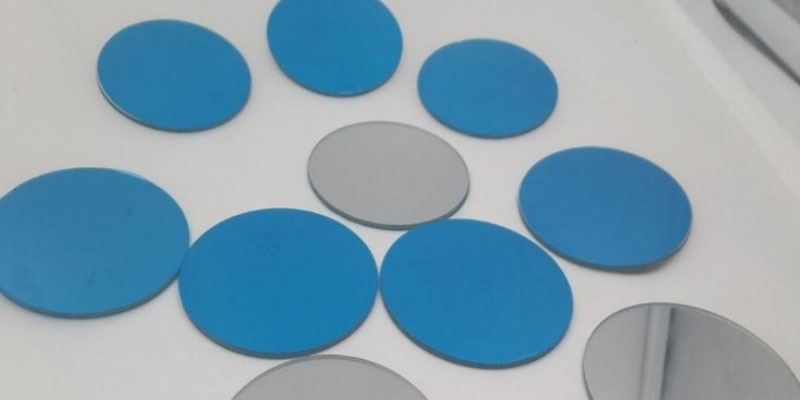
1.Basic Principles of Dielectric Mirrors
Dielectric mirrors are optical mirrors consisting of multiple layers of dielectric film stacked alternately, and their reflectivity and transmittance can be adjusted according to their material and number of layers. In dielectric mirrors, the reflection and transmission of light between different layers will produce coherent interference, so as to realize the reflection or transmission of a specific wavelength.
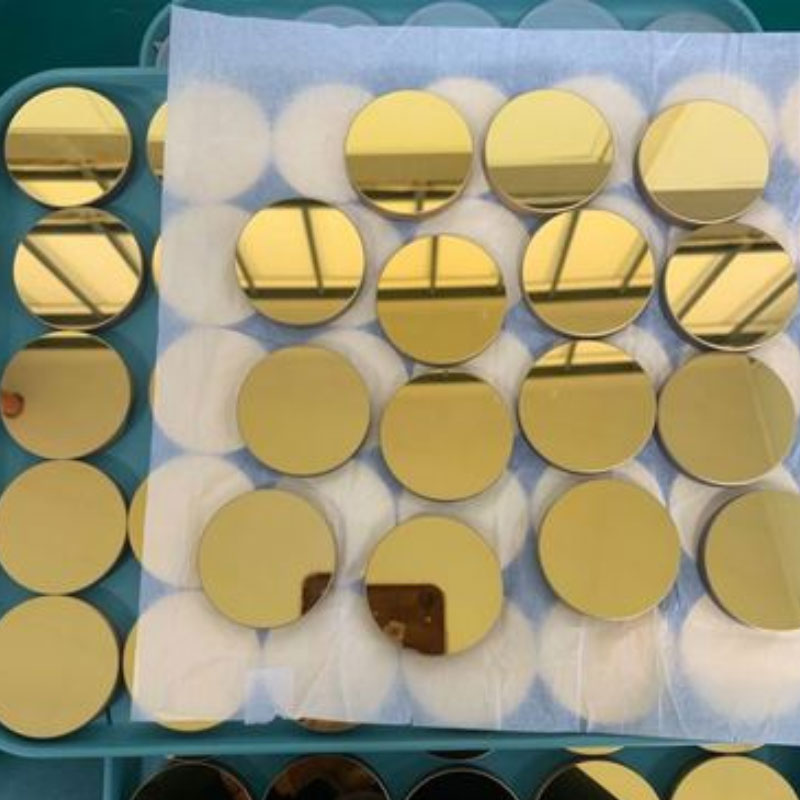
2.the common materials used in dielectric mirrors
The common materials used in dielectric mirrors include SiO2, TiO2, Al2O3, Ta2O5, etc. These materials have high refractive index and transparency and can be used to prepare high-performance mirrors. In addition, the metal and dielectric film can also be alternately stacked to form metal dielectric mirrors, with higher reflectivity and a wider range of operating wavelengths.
3.the application of dielectric mirrors
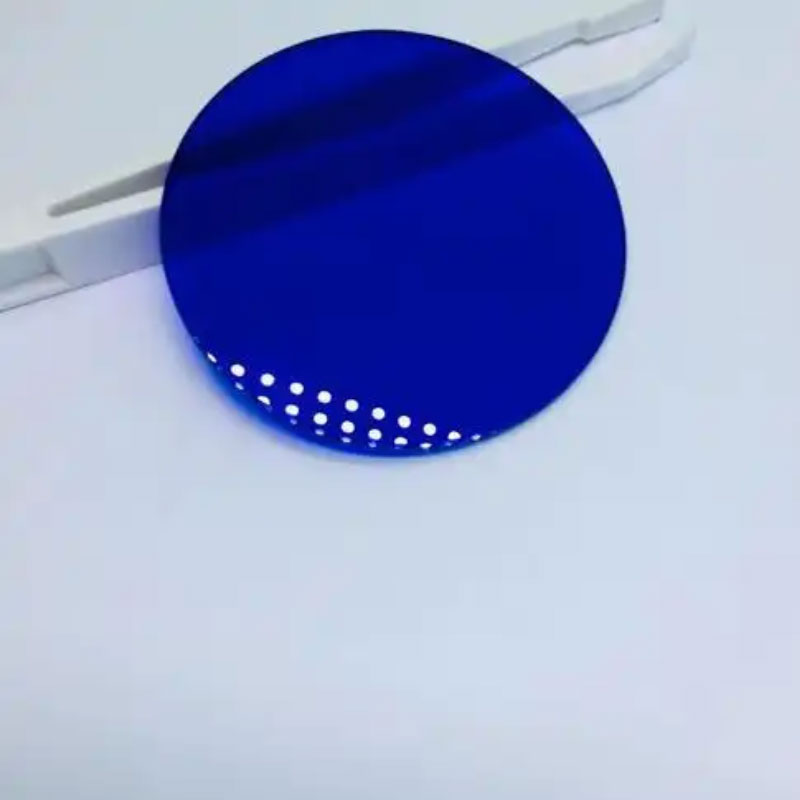
Dielectric mirrors are widely used in optical devices, such as lasers, LEDs, solar cells, fiber optic communications and so on. Among them, the dielectric mirrors in lasers play the role of selecting the wavelength and amplifying the optical signal; the dielectric mirrors in LEDs are used to improve the light output efficiency and color purity; the dielectric mirrors in solar cells can improve the absorption rate and conversion efficiency of light; the dielectric mirrors in fiber optic communications are used for the modulation of optical signals and separation.
4.SUMMARY
Dielectric mirrors are an important optical element, whose performance and application are closely related to its material. This paper introduces the basic principles of dielectric mirrors, commonly used materials and their applications in optical devices, and hopes to help readers.
optlenses
Related posts
What Does The Condenser Do On A Microscope?
What Is An Adjustable Diaphragm On A Mobile Phone?
What is Fiber-optic Pressure Sensors?
What is Optical Burst Switching?


